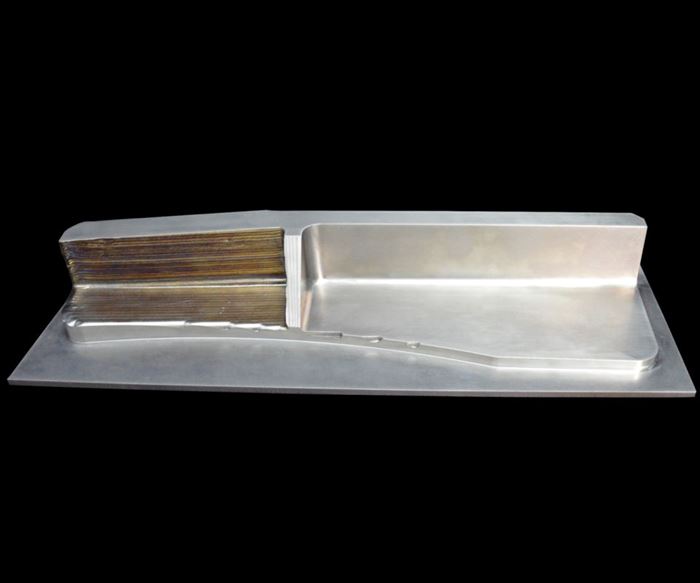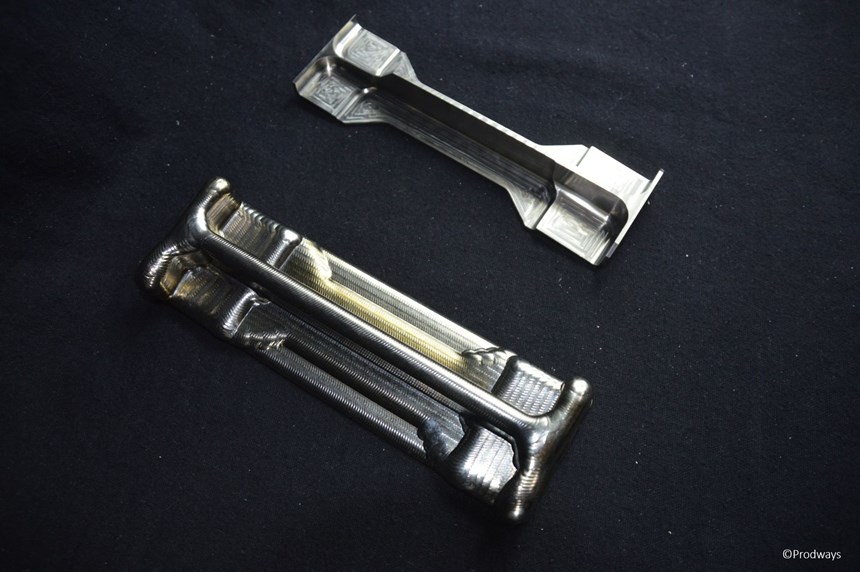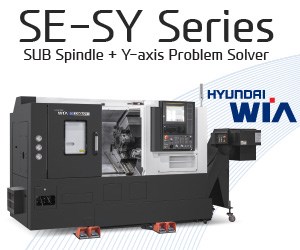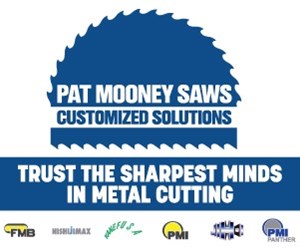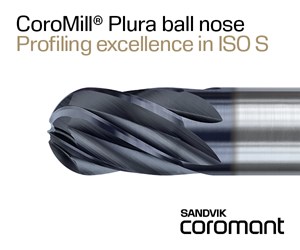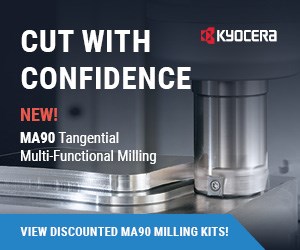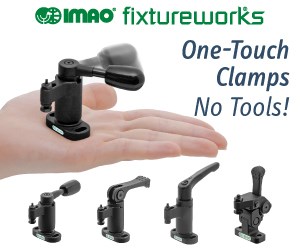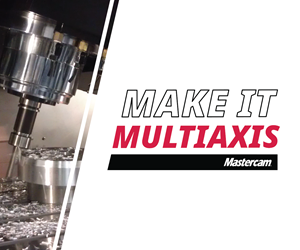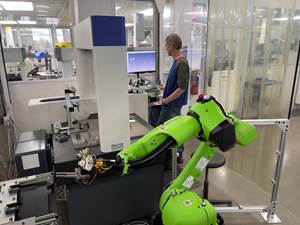Arcing away from Near-Net Forging
An electrical arc process joins a field of additive manufacturing technologies that could one day provide aerospace manufacturers with alternatives to near-net-shape forgings.
In the future, pounding heated metal into submission will not be the only viable means of producing certain near-net-shape aerospace components. According to various suppliers, additive manufacturing technology continues to progress toward the same standards for material strength and reliability as forging. They also claim that these freeform deposition processes take less time than forging (a matter of hours for larger components) and bring parts even closer to final geometry. By eliminating the need for tooling and reducing the time and cost required for finish-machining, these forging alternatives promise to compress the front end of the development cycle, reduce the overall production cost of aerospace structural components, and, eventually, facilitate new part designs that would not be feasible with forging.
One of the most recent examples, Rapid Additive Forging (RAF) technology, offers cost savings ranging from 30 to 50 percent on various titanium parts, says Olivier Strebelle, deputy chief executive officer of strategy and business development at Groupe Gorgé, the parent company of RAF technology developer and fellow French firm Prodways. Similar to other metal deposition techniques, the deposition head and the wire material feedstock move together throughout the workzone. Unlike processes that build geometry up from beds of powder, the only restriction on part size is the travel limit of the deposition head, Mr. Strebelle says. Although final forms are not as detailed as those produced via powder-bed sintering, they’re more than detailed enough to replace forgings. Metal deposition processes are faster than powder-bed technologies, too.
One of the primary areas in which these freeform material deposition techniques differ is the means of melting the material. RAF uses an electric arc similar to the technology employed by gas-metal-arc welding systems, and testing so far has focused primarily on titanium. The deposition head travels on a robot from Commercy Robotique, another subsidiary of Groupe Gorgé, within an enclosed atmosphere of inert gas. Initial testing shows potential speed advantages compared to laser systems because more power is available, Mr. Strebelle says. As for electron-beam sintering systems, “Our assessment is that arc-based technologies are more robust,” he continues. “This is based on our welding experience, where arc-based robots are more reliable.”
However, he emphasizes that the process is still maturing. Engineers are still working toward matching the highest standards of forged-part tensile strength, porosity and other properties. Still, they are getting close. “It could work already for parts that are not of the highest class,” he says, adding that proving the process out for flight-ready parts is likely only a matter of time. In fact, at the time of this writing, Prodways was reportedly working with an aerospace client to qualify parts that could be flying by 2019. New materials, such as aluminum and Inconel, will also undergo further testing. The company is also considering how a RAF system for production might look different than one for prototyping, and how the process might be better integrated with machining, possibly via a hybrid additive/subtractive machine. Size capabilities will most certainly expand, he says, with the next generation systems’ increasing the limit from 70-cm to 3-meter parts.
All of this work is being conducted in Europe, but Mr. Strebelle says the company could easily supply blanks produced via RAF technology from its North American headquarters in Minneapolis, Minnesota. As the process matures, he says the technology will likely follow the same path as the company’s other, mostly plastics-focused additive manufacturing offerings, with Prodways eventually moving to offer the RAF systems themselves in addition to RAF production services.
Related Content
Beyond the Machines: How Quality Control Software Is Automating Measurement & Inspection
A high-precision shop producing medical and aerospace parts was about to lose its quality management system. When it found a replacement, it also found a partner that helped the shop bring a new level of automation to its inspection process.
Read MoreSolidCAM Wants to Help Machine Shops Get into Additive Manufacturing
SolidCAM's partnership with Desktop Metal is aimed at making additive manufacturing more accessible to job shops and other manufacturers.
Read MoreWhen Organic Growth in Your Machine Shop Isn’t Enough
Princeton Tool wanted to expand its portfolio, increase its West Coast presence, and become a stronger overall supplier. To accomplish all three goals at once, acquiring another machine shop became its best option.
Read MoreMachine Monitoring Boosts Aerospace Manufacturer's Utilization
Once it had a bird’s eye view of various data points across its shops, this aerospace manufacturer raised its utilization by 27% in nine months.
Read MoreRead Next
The Cut Scene: The Finer Details of Large-Format Machining
Small details and features can have an outsized impact on large parts, such as Barbco’s collapsible utility drill head.
Read More3 Mistakes That Cause CNC Programs to Fail
Despite enhancements to manufacturing technology, there are still issues today that can cause programs to fail. These failures can cause lost time, scrapped parts, damaged machines and even injured operators.
Read More.png;maxWidth=970;quality=90)

